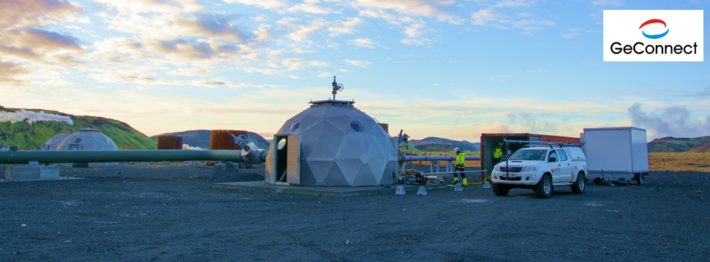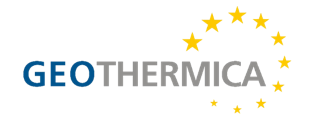
Tight Geothermal Casing Connections for Axial Stress Mitigation - GeConnect
The cost of geothermal wells for co-generation of electricity and district heating system is about 40-50% of the total investment cost of the energy production (Sveinbjörnsson et al. 2014). The single most failure mechanism for high-temperature geothermal wells according to a study in the H2020 project GeoWell (Lohne et al., 2017, Thörbjörnsson et al., 2019) is buckling and mechanical overload of the casing string in the well due to constrained thermal expansion. In addition, for medium enthalpy geothermal wells, it is known that temperature and pressure cycles above 100°C during construction, operation and shut-in phases have the potential to severely deteriorate the integrity of the cemented annulus (e.g. Goodwin and Crook, 1992; De Andrade et al., 2015). The GeConnect project proposal aims at increasing the reliability of the downhole construction of geothermal wells beyond the state of the art, using new innovative technology of flexible couplings (patent filed 19th of December 2016, international publication number WO 2017/103950 A1). Full scale prototypes of the flexible coupling allowing axial casing movements have already been laboratory tested in GeoWell (TRL 3-4) and in GeConnect the concept will be tested in real working environment (TRL 5-6). Together with the new flexible couplings, cement sheath integrity and the cement-metal boundary will be evaluated by simulating thermal cycling loads at moderate (<100°C) to high temperatures (~300°C). The concept of flexible couplings is to significantly lower the risk of casing failures, e.g. plastic deformation and collapse due to high axial compressive forces during well heat-up and cooling. In GeConnect, we will validate the concept in real geothermal environment (in situ), the integrity of cemented annulus and the casing using flexible couplings in a surface experiment. After successfully tested in the framework of the EC funded projects IMAGE and GeoWell, fiber optic distributed strain sensing technology together with conventional acoustic sensors will be used to validate the operation of the flexible coupling. Possible implications and risks associated with using the new flexible couplings will be assessed through structural modeling of surface test, structural modeling of a geothermal well and by performing a quantitative risk assessment analysis. Structural analysis will be used to evaluate the performance of flexible connections and demonstrate the benefits to well integrity of reducing thermal axial stress and strain in casings by introducing the new flexible coupling.






